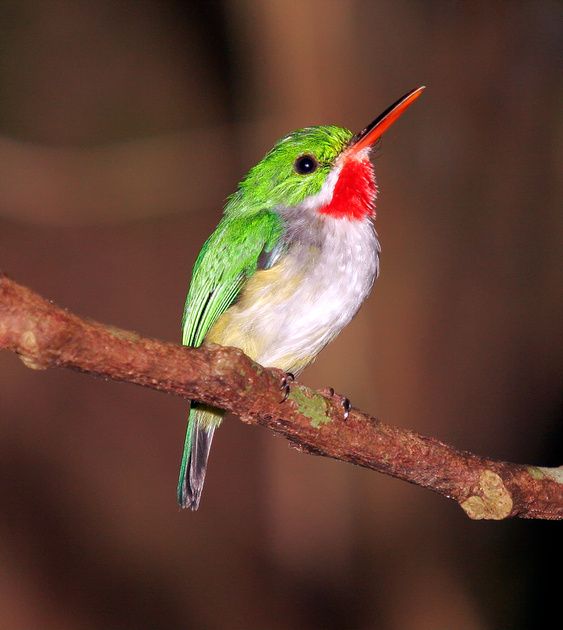- cross-posted to:
- earth@hexbear.net
- cross-posted to:
- earth@hexbear.net
The common ostrich (Struthio camelus), or simply ostrich, is a species of flightless bird native to certain large areas of Africa. It is one of two extant species of ostriches, the only living members of the genus Struthio in the ratite order of birds. The other is the Somali ostrich (Struthio molybdophanes), which was recognized as a distinct species by BirdLife International in 2014 having been previously considered a distinctive subspecies of ostrich. Ostriches have unique feathers that are loose, soft, and smooth, giving them a “shaggy” look. Adult male ostriches are black with white wings and tail feathers, while immature birds and adult females have brownish-gray feathers. Common ostriches are mostly found in the grasslands, savanna and shrublands of southern and eastern Africa. They are also quite capable of surviving in deserts and open woodlands. Ostriches have a lifestyle that is nomadic and mostly diurnal, being active early in the day as well as late. Males are territorial, defending their territory aggressively. These birds like water and frequently take baths, if given the opportunity, and are good swimmers. Ostriches are omnivores, although most of their diet is plant-based. They mainly eat leafy greens, flowering plants, roots, grasses and succulents. They also occasionally feed on fallen fruit or small animals such as mice, lizards, frogs, grasshoppers and locusts. Ostriches have several natural predators, including cheetahs, lions, leopards, hunting dogs and spotted hyenas. Other predators, like Egyptian vultures and jackals, may take ostrich eggs. Ostriches use a variety of vocalizations to communicate with each other, including chirps, hisses, growls and honks. Male ostriches can also make a booming sound by filling a special sac in their throat with air. Here is a link so you can listen to this bird too.

